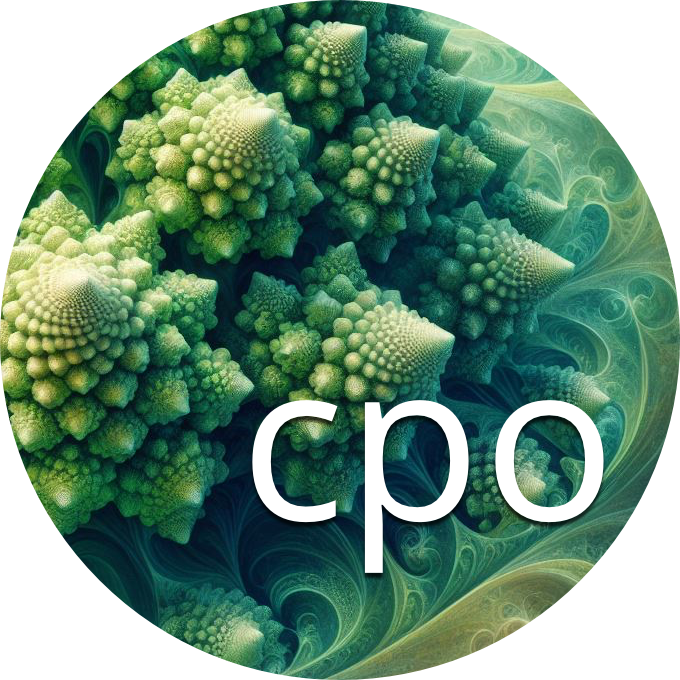New-Materialism and Reification in the Infoproduction Era
Abstract
Deleuze’s works on cinema established a parallel between the evolution of cinematographic narrative spaces and the development of non-Euclidean geometries, and contributed to the overcoming of the structuralistic approach to the analysis of cinematographic narrative. From that point onwards, one starts to understand audiovisual narrative spaces as topologic spaces, namely, as spaces without a center in which the objects are highly flexible. In other words, in Deleuzian theory, the space is no longer understood as a holder or container of objects, but rather as an entity created by links, interactions, relations and proximities between objects. This centerless system also offers a new instrument for analyzing space, structures and nature, an instrument that establishes a new relationship between object and subject in which the object represents “un point de vue sur un site” in constant becoming.
This parallel established by Deleuze represents an interesting convergent point of many different phenomena that characterize the postmodern condition. Consider, for instance, the phenomenon of traduisibilité highlighted by Lyotard in La condition postmoderne. In addition, Deleuze’s study offers an instrument of analysis able to generate a new understanding of the phenomenon of reification, which was analyzed in two different phases. The first is the Marxist theory of reification, which is similar to and converges with the concept of alienation. The second focuses on the phenomenon of convention that allows us to treat extra-linguistic objects, non-computable objects, aiming at producing a shared reality; in other words, to produce simulacra through mass media. This second phase of the understanding of the concept of reification converges also to the existentialist and phenomenological positions that started an interesting debate in the middle of the Marxist thought during the 60’s.
This paper will investigate both phases taking into account the role played by technology, mainly the technology of visual media, in the alienation of reality through the production of simulacra. I will deal in particular with the transformation of the understanding of the concept of reification. I will analyze how during the second half of the last century, mass media, in order to defend the established reality, accentuated their focus on the creation of illusion, that in a successive stage, due to technological improvements, mainly the digital technology, became a media reification. This analysis will be developed by means of the study of some fundamental works such as Horkheimer’s Zur Kritik der instrumentellen Vernunft, Horkheimer-Adorno’s Dialektik der Aufklärung and Marcuse’s One Dimensional Man, among others, in order to go into Baudrillar’s theories of illusion in depth aiming at analyzing the production of social illusion in our digital era. Having this analysis as framework, it will be possible to develop a new understanding of the concept of reification able to recognize some phenomena that characterize our infoproduction era – (e.g. the immateriality). In addition, through this concept of media reification it can be possible to re-elaborate and adapt some Deleuze’s thoughts about the construction of space, narratives spaces, rhizomatic structures and the state of becoming of both object and subject.
Note: Download statistics restarted from zero effective January 1, 2024. Please follow this link to see cumulative download statistics from our previous publishing platform: CPO Download Statistics 2012 - 2023
Keywords: Reification, Praxis, non-Euclidean narrative spaces, infocapital
How to Cite:
Duarte, G. A., (2013) “New-Materialism and Reification in the Infoproduction Era”, communication +1 2(1). doi: https://doi.org/10.7275/R5F18WN7
Downloads:
Download PDF
View PDF
767 Views
138 Downloads
